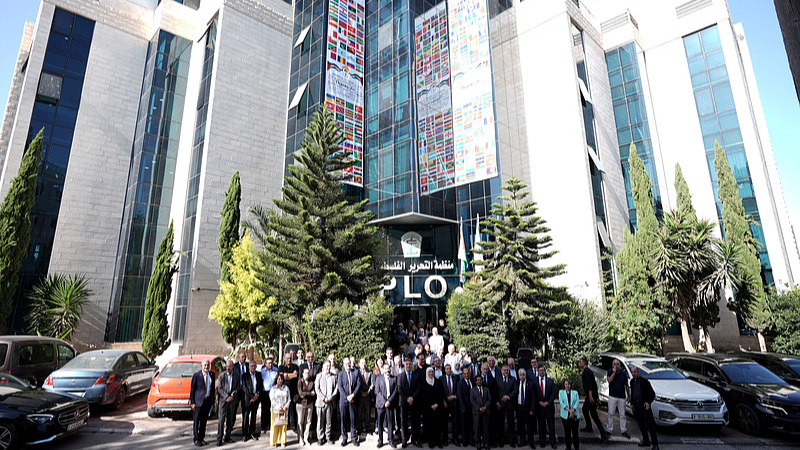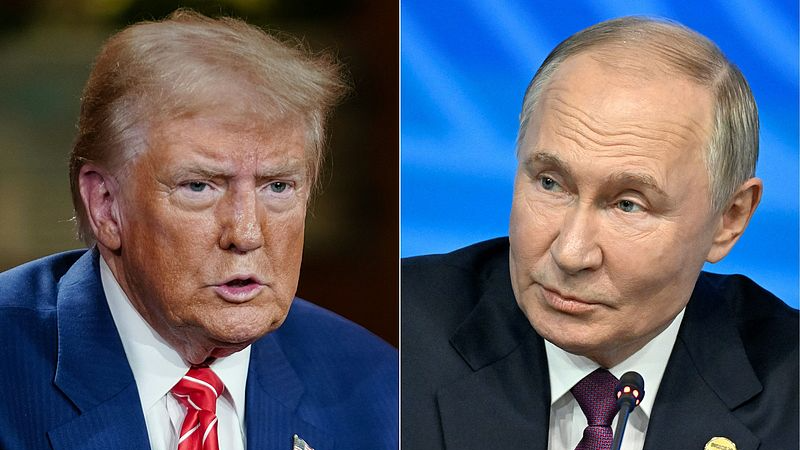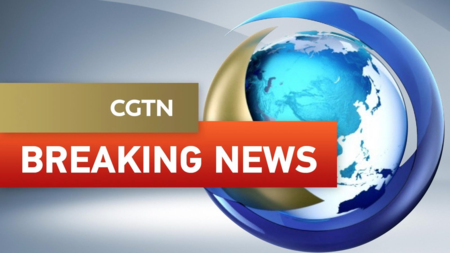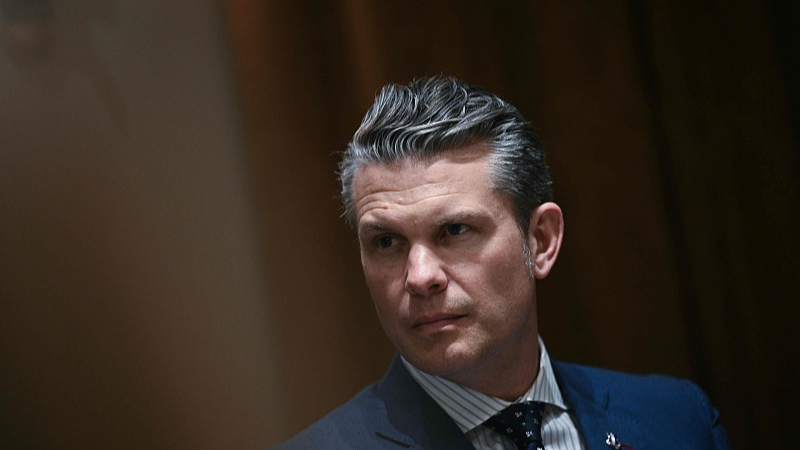As the Russia-Ukraine conflict marks its third anniversary, the world watches closely to see if peace is finally within reach. Since February 24, 2022, the war has led to hundreds of thousands of casualties and displaced millions of people. Recently, a possible shift in U.S. policy—from unwavering support for Ukraine to seeking a swift end to the conflict, even if it means concessions—has sparked discussions about the future of this prolonged battle.
On the battlefield, Russian forces have achieved significant territorial gains. Colonel General Sergei Rudsky, first deputy chief of the General Staff of the Russian Armed Forces, announced that about 75% of the Donetsk region, along with parts of Zaporizhia and Kherson, is now under Russian control. In the Lugansk region, Ukrainian forces hold less than 1% of the area.
In a dramatic escalation, Russia launched over 200 drones in a single overnight attack on Ukraine, which Ukrainian President Volodymyr Zelenskyy labeled as \"the largest of the war.\" Zelenskyy condemned the assault and called for solidarity among Ukraine's allies.
Meanwhile, tensions have risen between Ukraine, its European partners, and the U.S. due to recent actions involving former U.S. President Donald Trump. Issues include a controversial minerals deal with Ukraine, Trump's characterization of Zelenskyy as \"a dictator without elections,\" and U.S.-Russia peace talks in Riyadh that excluded Ukraine and the European Union.
During a recent press conference, Zelenskyy expressed his willingness to step down if it would lead to peace, stating, \"If peace for Ukraine requires me to leave my post, I am ready.\" However, the broader implications of this proposal remain uncertain, especially considering the conflict's impact on global energy and food supplies and the strain on European economies.
Reference(s):
Russia-Ukraine conflict three years on: Is the dawn of peace in sight?
cgtn.com




